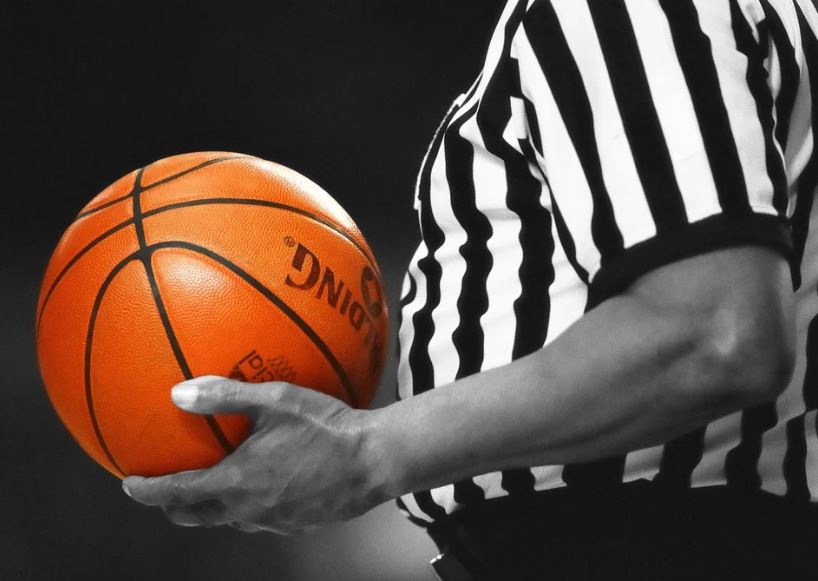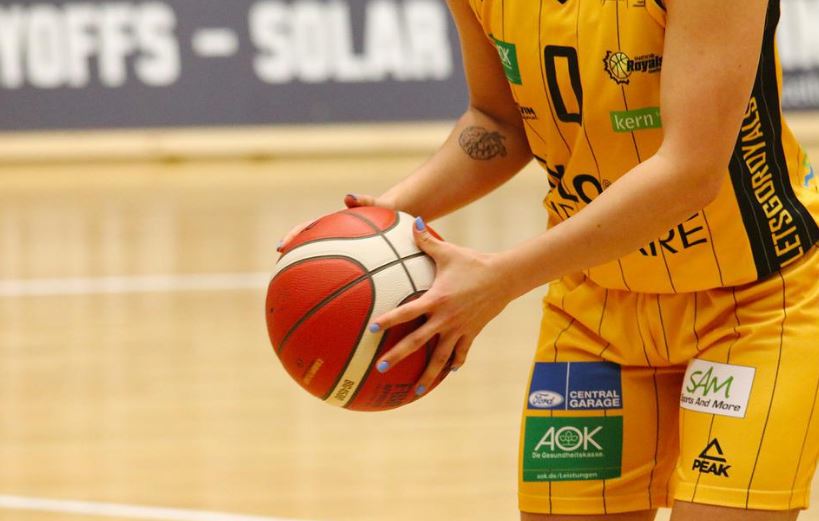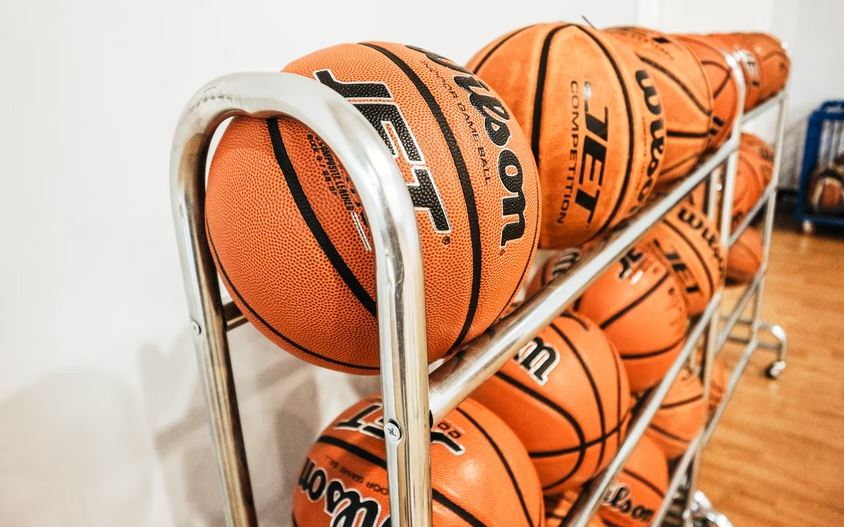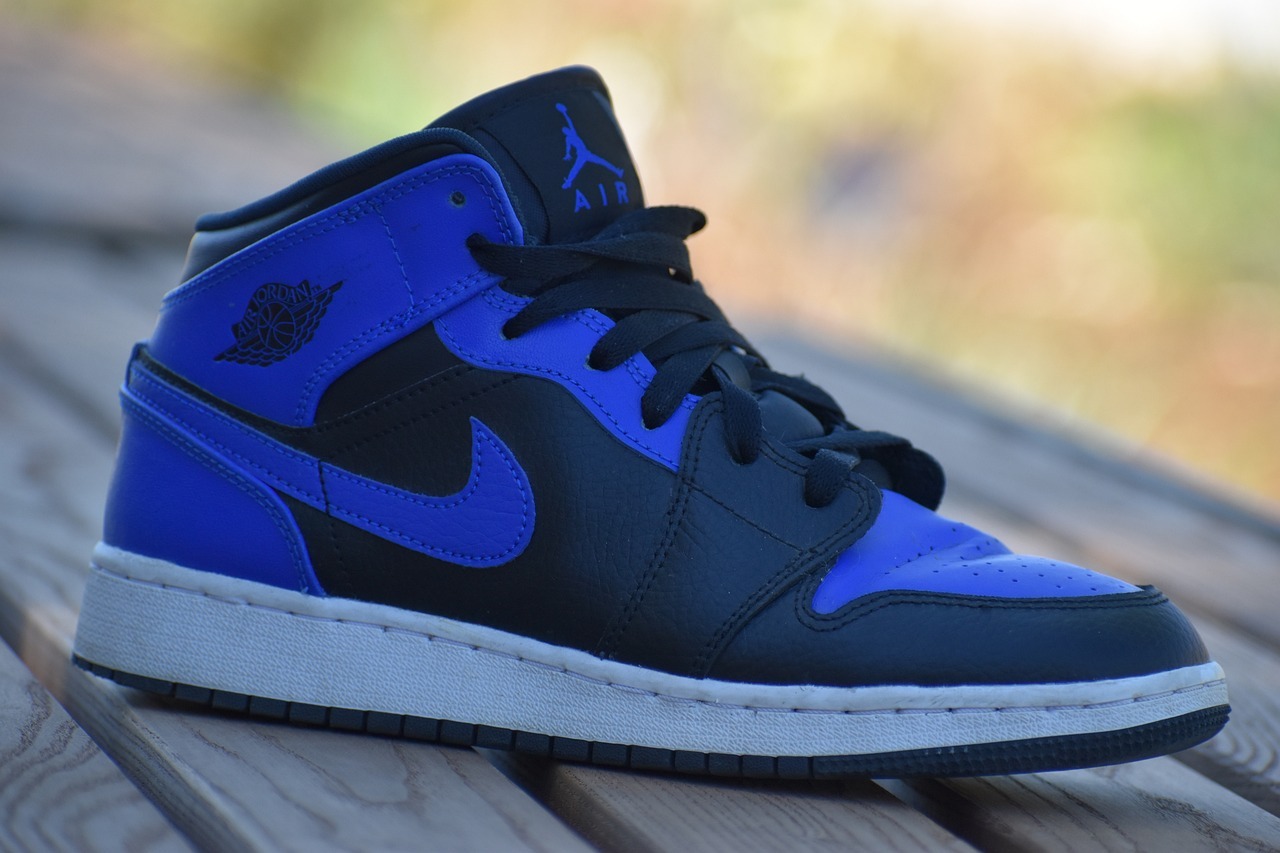How and Where Are Basketballs Made

Basketball is having a history since 1891. They were introduced by a Canadian physical education instructor James Naismith. It was proposed as a less injury-prone sport than football. Basketball an indoor game keeps the athletes indoors during the winters. It became popular by the start of the 20th century. Basketball was first introduced in America and then in other parts of the world.
American National Basketball Association was established in 1946 and by the end of the century, it became a multibillion-dollar enterprise. Now basketball is an integral part of American culture.
History of Basketballs

James Naismith introduced basketballs in December 1891. He invented an indoor game to entertain the athletes of the school in winters. He assembled 18 young men of his class and chose two captains for nine-player teams. It was played with a soccer ball. The two peach baskets were tacked at the two ends o the gymnasium.
The first basketballs were made from panels of leather that were stitched together with a rubber bladder inside. A cloth lining was added for uniformity and support to the leather. In 1942, a molded version of early basketballs was invented. In the late 1990s, synthetic composite materials were used instead of leather. It was accepted by the basketball professionals for outdoor sports.
It gained acceptance by most of the leagues. NBA’s game balls still use leather-covered basketballs. There was an experiment of microfiber ball in 2006, but it was not as good as leather or synthetic composite materials. American Basketball Association (ABA) used red, blue, and white basketballs from 1967 to 1976.
Characteristics of Basketballs
Basketballs range in size from small size to extra-large balls. The extra-large balls are 2 feet in diameter. The small size balls are only a few inches less than extra-large-sized basketballs. All of the basketballs are having an inner inflatable rubber bladder. There are layers of wrapped fiber. The outer surface is usually made of synthetic composite, rubber, and leather.
The small opening on the outer surface of the basketballs is used to increase or decrease the pressure inside the basketballs. Ribs recessed below the surface of the basketballs are in contrast color. You will mostly see an orange-colored basketball with black ribs and a logo. This is the traditional color scheme of basketballs. Other than this, you will see them in red, blue, white colors.
The leather and absorbent composites used in the outer surface of the basketballs are for indoor sports. Also, outdoor basketballs are composed of rubber or durable composites. Depending on the cost of the material, indoor balls are expensive than all-surface balls. For optimal grip before use in competition, the brand new all-leather indoor basketballs should be broken in.
If you are using an indoor basketball for outdoor sports, it will absorb the moisture, dirt, and abrasiveness of asphalt that will ruin the basketball.
How Are Basketballs Made?
Raw Materials
The inside of the basketball is having a bladder that is a balloon-like structure, also a carcass. Butyl rubber is used to make bladder and carcass from polyester or threads of nylon. To label the ball, there are preprinted decals. To label and imprint information, foil is used. Zinc and copper plates are used in a press to affix the decals or imprint the foil.
Manufacturing Process
An overview of the manufacturing of basketballs is as following:
- The sheets of the black rubber form the bladder. It is the innermost layer of the basketballs that holds the air.
- A hole is punched in the rubber. Here the air tube is inserted.
- The rubber is cut into shape, but not perfectly shaped and the edges are bound together.
- Now, this bladder goes into a vulcanizing machine where it is heated to make it more durable, flexible, and stronger. It is inflated and stored in the chamber to see if it deflates.
- If the bladder passes this quality check, then it is brought to the twining and winding department. The bladder is then wrapped with multiple threads of polyester and nylon with a machine. This process gives a uniform and round shape to the bladder. The cost and quality of the basketballs depend on the quality of the thread and the number of strands.
- The colored rubber is punched out with shapes with a machine.
- Now the cut-out shapes are put into a vulcanizer. Now the finished and glue coated bladder is formed. The bladder and shapes are glued together.
- Now the basketballs are inspected. The decoration and information are applied by hand or by using a small heat press.
- For unified and people surface, it is put in vulcanizer for the last time.
- Lastly, the basketballs go through a 24-hour test to know if it stays inflated. It also goes through a bounce test. If the basketballs pass these tests, they are shipped off.
American Basketball Manufacturers
Spalding
The first company to produce basketballs for official use in the United States was Spalding, in Chicago. The company was founded by A. G. Spalding making it the first official basketball in the last years of the 19th century. It had produced the NBA’s official game ball since 1983. In 2012, Spalding became the official provider of Euro league and Euro cup competitions. Also, it is a supplier for Liga ACB. In 2010, Spalding became the new supplier for NBL Australia.
Nike

Nike, Inc. is an American multinational corporation specializing in sports equipment, development, design, manufacturing, footwear, etc. It had the contract from 2007 to 2012 to produce basketballs for the Euroleague Basketball Company, Euroleague, and Eurocup. It was later given to the Spalding.
Wilson

Wilson Sporting Good based in Chicago, Illinois was founded in 1989. It is the official supplier for NCAA postseason tournaments. Also, it is used by high school leagues. In 2015, it became the supplier of FIBA-operated 3x3 competitions. Apart from official basketballs, Wilson produces basketballs for the consumer market.
Rawlings
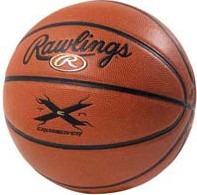
Rawlings is an American sports equipment manufacturing company in Town and Country, Missouri. It was founded in 1887. Rawlings now specializes in baseball equipment such as gloves, balls, bats, batting helmets, protective gear, etc. They have been producing basketballs since 1902. They are well-known for a 10-panel ball also known as 10. Also, they produce 8-panel balls.
The 10-panel ball is the official ball of the Amateur Athletic Union and Gus Macker. These are one of the largest 3x3 basketball tournaments in the United States.
Molten
Molten is a Japanese company of sports equipment and automotive parts in Hiroshima, Japan. It is having the current supplier contract for International Basketball Federation (FIBA), FIBA Asia events, VTB United League. Also, for the domestic leagues NBL Australia, Uruguay, Argentina, British Basketball League, Greece, France (women), Indonesia, Lithuania, Italy, Poland, Philippines, and Portugal. From 2006 to 2007, it was the main supplier of Euro League Basketball and ULEB Cup.
The top-of-the-line product of Molten is GL7, a leather ball with 12 distinctive 12-panel designs.
Nivia
Nivia is an Indian sports equipment manufacturer in Jalandhar, Punjab, India. It has been manufacturing basketballs since 1934. They make hand-stitched basketballs. Nivia was an official supplier for the official basketball leagues such as national, international, and championship leagues. They are an official supplier of the All-India Football Federation (AIFF).
Basketballs Production – An Indoor/Outdoor Sports
Basketballs were introduced for a safe indoor sport in winter. Later on, it became a professional game just like football. The footballs come in leather or synthetic composite material or rubber for indoor/outdoor sports.

